Author: Leah Pattem / Photographs: Marcos del Mazo
At around midnight on Monday, just as the temperature was finally becoming cool enough to open the windows for the night, local government advice was to keep them shut. If you did open them, the dense smoke blowing in from Tres Cantos in the north of Madrid was overpowering.
Deadly wildfires were ripping through the barrio of Soto de Viñuelas. The fires, reportedly triggered by dry lightning, and driven by winds of up to 70 km/h, had already consumed around 1,000 hectares of land. By Tuesday afternoon the fire was still burning, with more strong gusts forecast.

So far, around 150 sheep and cows, and 18 horses are reported to have perished in the blaze. Several homes have been damaged or destroyed, including parts of the King’s College campus in Soto de Viñuelas, and one man lost his life while trying to rescue horses. A total of 106 people spent the night in temporary shelters and 45 remain housed in a sports centre in Tres Cantos, though many residents are expected to gradually return home.
The causes behind such intense wildfires in the Tres Cantos area are many: strong winds, electric storms, an unusually wet rainy season that fueled vegetation growth, a scorching dry June, and the most recent prolonged heatwave – all exacerbated by the effects of global warming.

But we’re currently experiencing record-breaking heat and wildfires across the whole country – not just Madrid – with dozens of active fires across the peninsula burning 50,000 hectares and counting. Some earlier fires have exhausted themselves, others are presently being contained by firefighters and volunteers, but the worst of Spain’s wildfires continue to rip through the countryside claiming homes, agricultural land and the lives of people and animals.
What we are witnessing here is not an increase in the number of wildfires – there are actually fewer than in recent years – but a dramatic growth in their scale and intensity. In Spain, wildfires are classified into six ‘generations,’ a system defined by the Science Media Centre to describe their evolving behaviour and destructive potential.
The lowest generation is small and controllable, but a sixth-generation wildfire, also often referred to as a ‘mega-fire’, represents a new level of destructive power in forest fires. These are not just larger versions of ordinary blazes, they burn so intensely that they disrupt the atmosphere above them, creating powerful and erratic winds, further exacerbating their unpredictability.
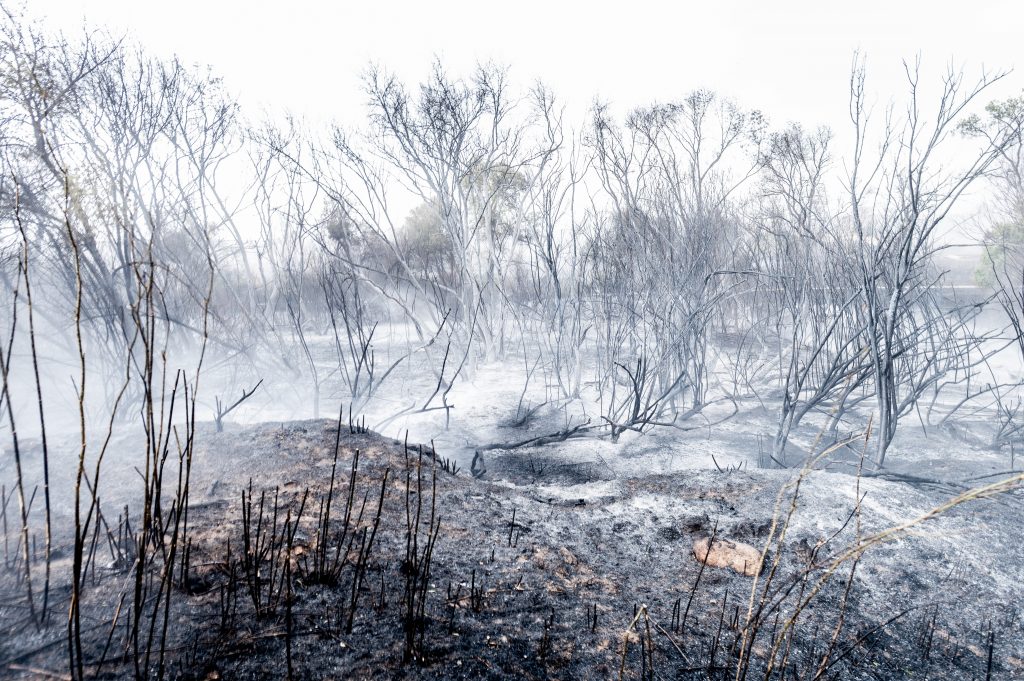
The six generations of wildfire
First-generation fires spread across landscapes where continuous surface fuel, mainly grasslands and shrubs, has built up often due to the abandonment of cultivated fields. This fuel accumulates over a period of two to fifteen years. Such fires are of medium intensity, typically burning between 1,000 and 5,000 hectares, and are usually tackled by local and seasonal firefighting teams.
Second-generation fires emerge when the ongoing abandonment of farmland and traditional forestry practices leads to greater fuel buildup, allowing flames to grow more quickly and burn more intensely. These fires may also produce secondary outbreaks. Fuel accumulation in these cases spans ten to thirty years, and the fires can cover between 5,000 and 10,000 hectares. Aerial firefighting resources are often essential for containment.
Third-generation fires are intense blazes that advance through treetops, fuelled by uniform forest structures – a consequence of limited forest management and the suppression of smaller fires. They develop after decades of fuel buildup, typically over thirty to fifty years, and can burn 10,000 to 20,000 hectares. These fires often create convective columns and suppression opportunities are limited. Sudden shifts in fire behaviour frequently overwhelm available resources, and they are more likely to occur during heatwaves.
Fourth-generation fires are large-scale events that not only consume forested areas but also spread easily into gardens and homes, driven by dense vegetation and uninterrupted fuel between wildland and urban spaces. They can occur simultaneously in nearby locations, often during heatwaves, and firefighting priorities shift from fire suppression to protecting lives and property.
Fifth-generation fires involve multiple large wildfires erupting at the same time in different high-risk areas. They display extreme speed and intensity, crossing into urban zones and creating simultaneous crown fires (a forest fire that spreads from treetop to treetop) in areas where forests and built environments meet. Fifth-generation fires are fast and extreme, and require coordinated responses from multiple firefighting agencies – a level of collaboration that firefighters have long called for in the wake of privatisation and the breakdown of communication between units.
Sixth-generation fires – mega fires – are marked by their extreme heat, rapid spread, and the ability to send sparks flying over long distances, easily leaping across firebreaks. They can ignite multiple areas at once and behave in ways that defy existing firefighting techniques. Even with concentrated firefighting efforts, such fires can quickly outstrip human capacity to control them, often continuing to burn until either weather changes bring them to an end, or they simply run out of fuel. They go beyond all of these, surpassing the limits of conventional suppression methods entirely. Wildfires happening right now either are or are at risk of becoming sixth generation.
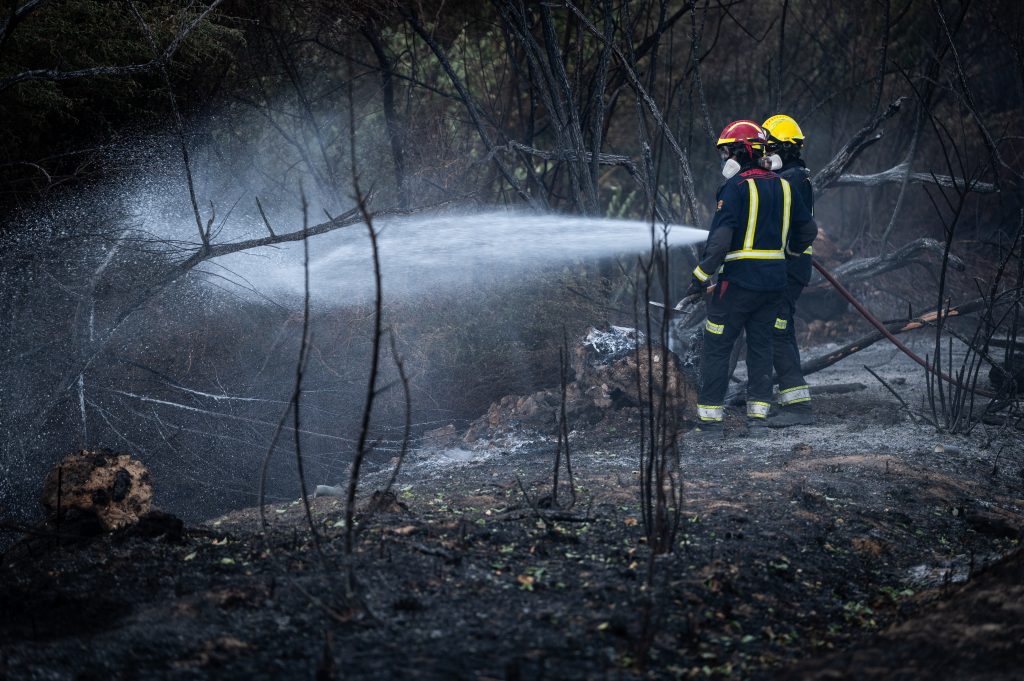
In Spain, the reality of increasingly severe wildfire seasons is already here, and we cannot simply wait for the climate to unchange – that’s not going to happen in any of our lifetimes. Our focus must shift from reactive firefighting to proactive prevention. This requires investing in measures to reduce biomass, such as controlled burns and vegetation clearance, and ensuring firefighters have the tools and authority to coordinate effectively. Equally urgent is fair compensation for those on the front lines: seasonal firefighters earning around €13,000 per year is unacceptable, and even €25,000 for full-time urban firefighters is shameful and leads to trauma and burnout – the last thing a fire-prone nation needs.
As the potentially most devastating fires in Spain’s history continue to burn, it is critical to ask how a disaster that was entirely predictable is ripping through the country as we speak.
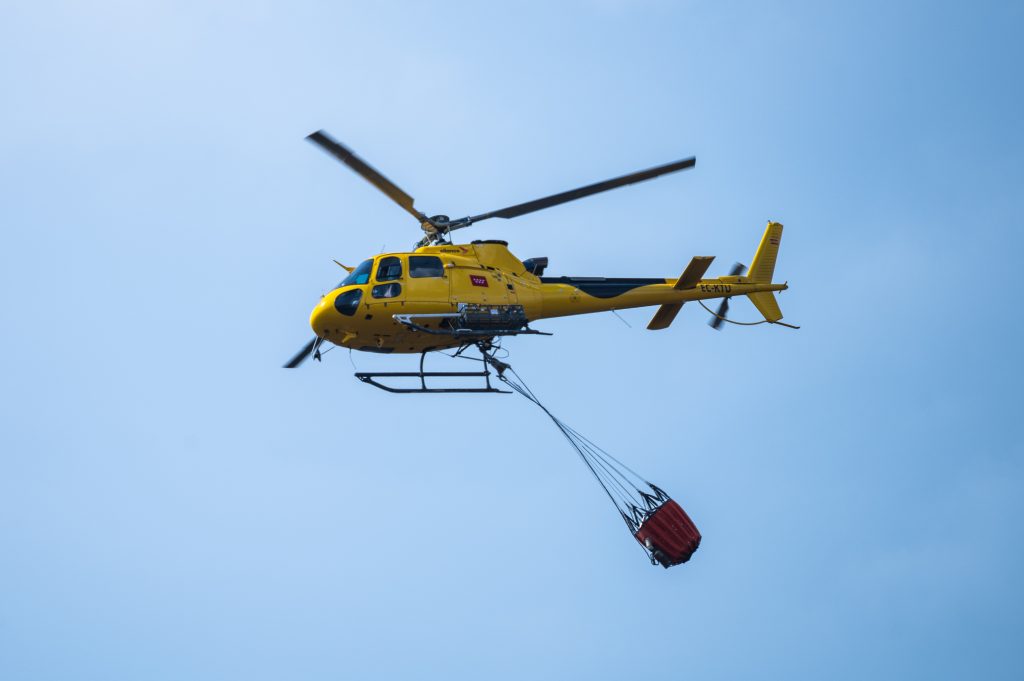
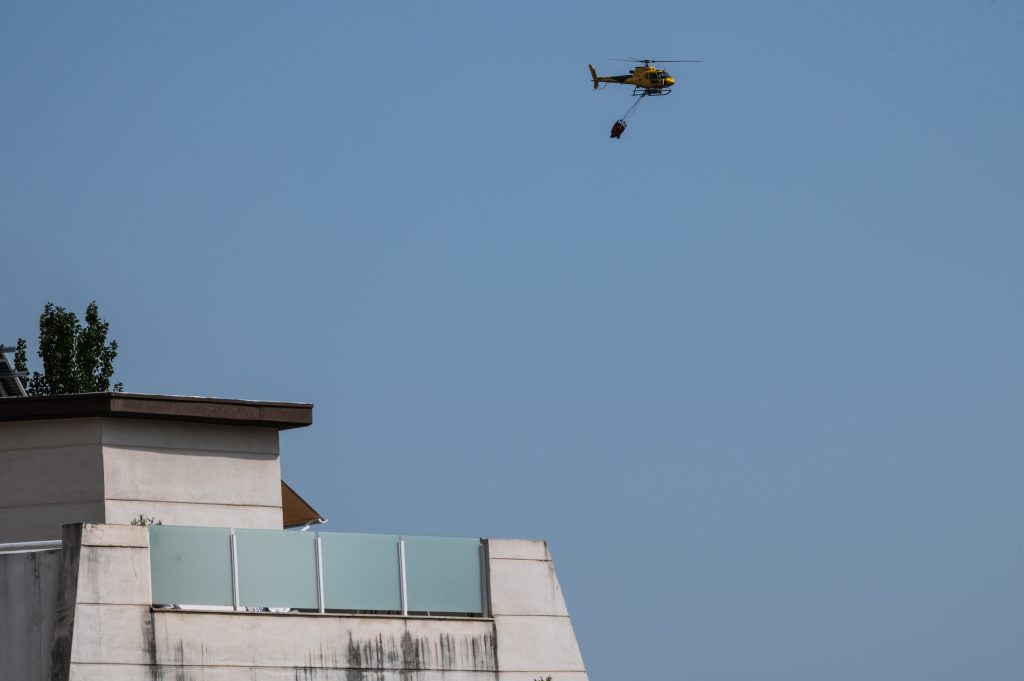
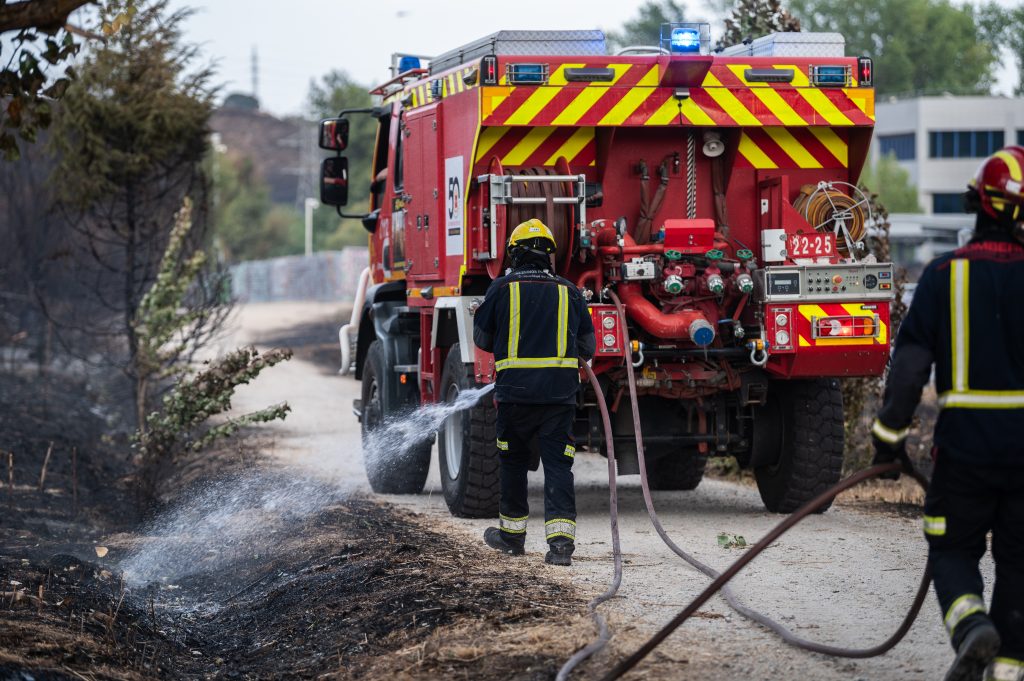
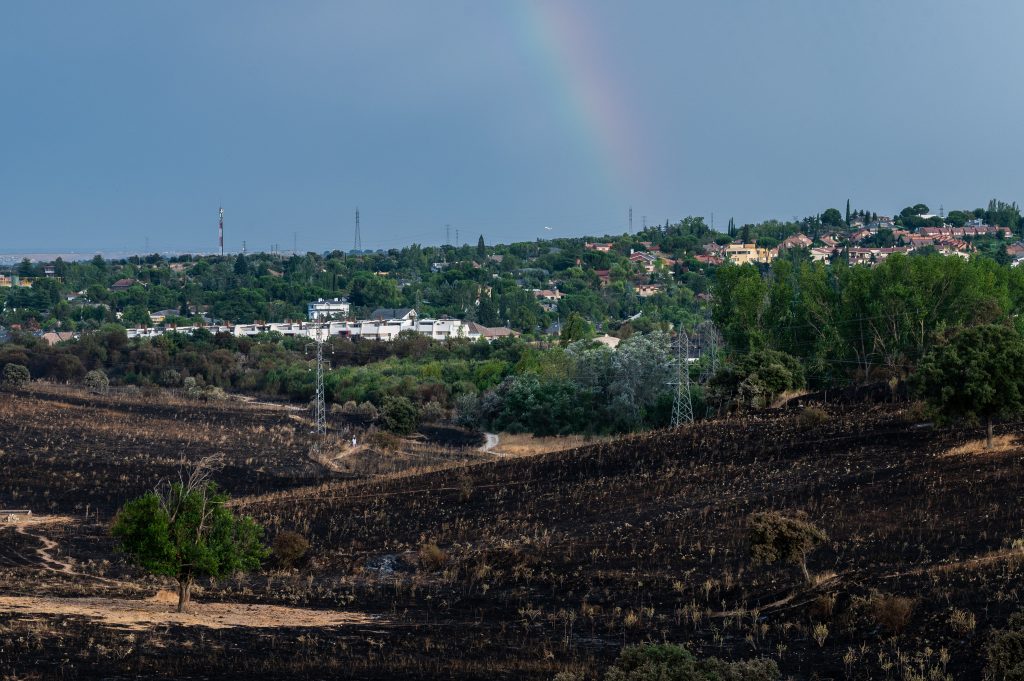
Support this platform for just €1 per month
You may have noticed that I don’t run ads, nor accept sponsors or investors. Independence is everything and what I decide to publish will not be influenced by those in a position of capital, privilege or power. Therefore, I invite only you to support this platform and only you to help me keep doing what I do. Thank you, Leah.



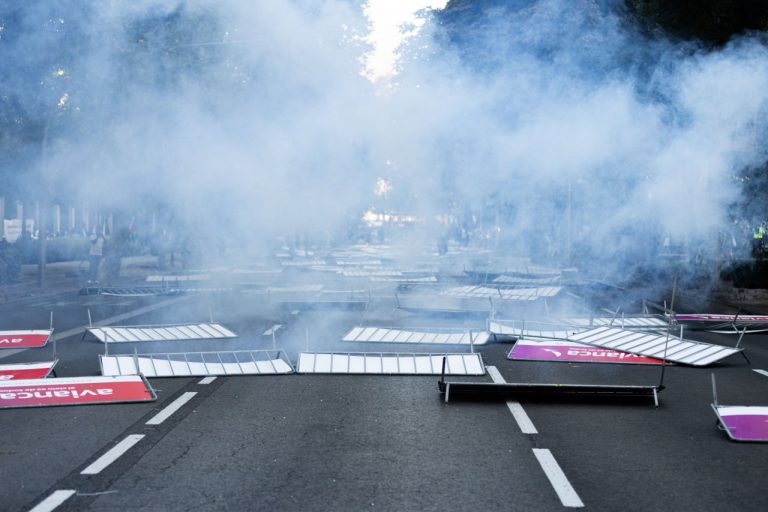
Leave a Comment